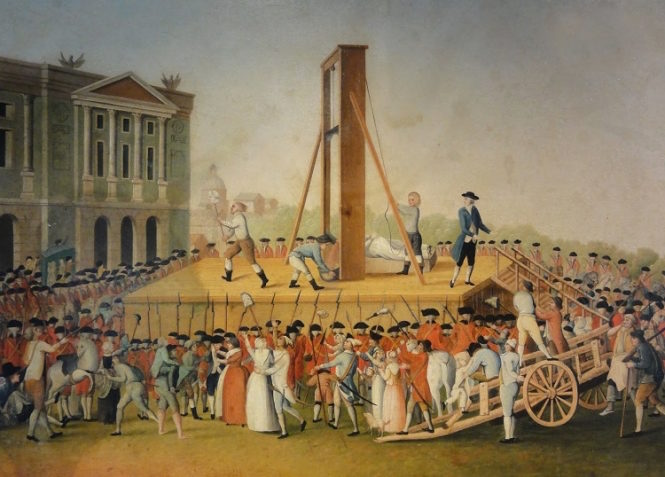
It was used for capital punishment in France well into the 20th century, with the last public beheading in 1939 and its last use in 1977 for the execution of convicted murderer Hamida Djandoubi. Capital punishment was not abolished until September 1981.
Always regarded as an instrument of terror, the guillotine was invented as a more humane and more egalitarian form of punishment to echo the motto of Liberty, Equality, Fraternity.
Emmanuelle Broux-Foucaud, the curator of the Préfecture de Police Museum in Paris, said that until the Revolution it was thought anyone who was being punished should suffer, often horribly, to deter anyone else from committing a similar crime.


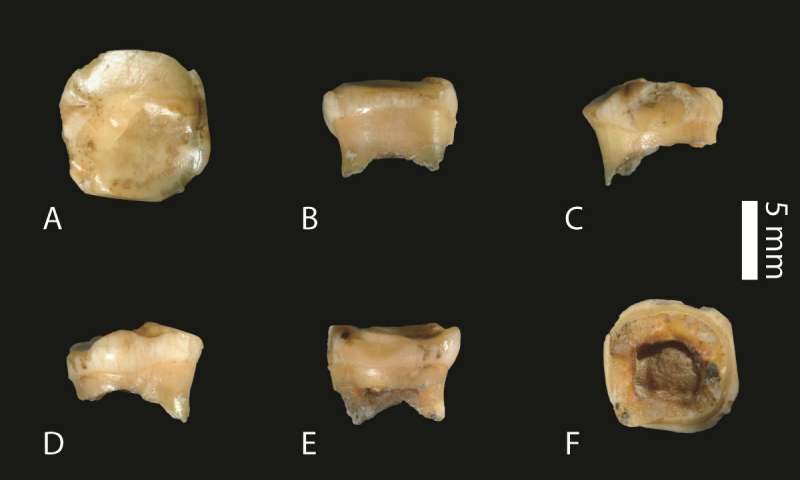
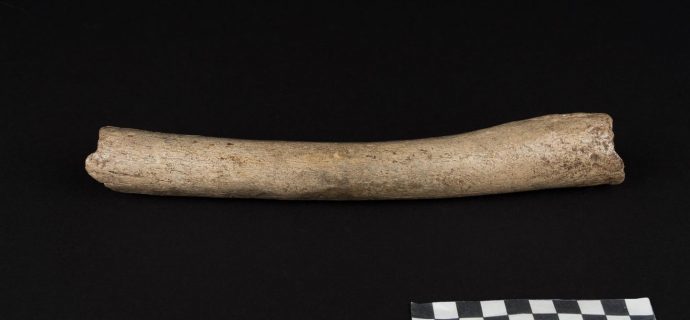

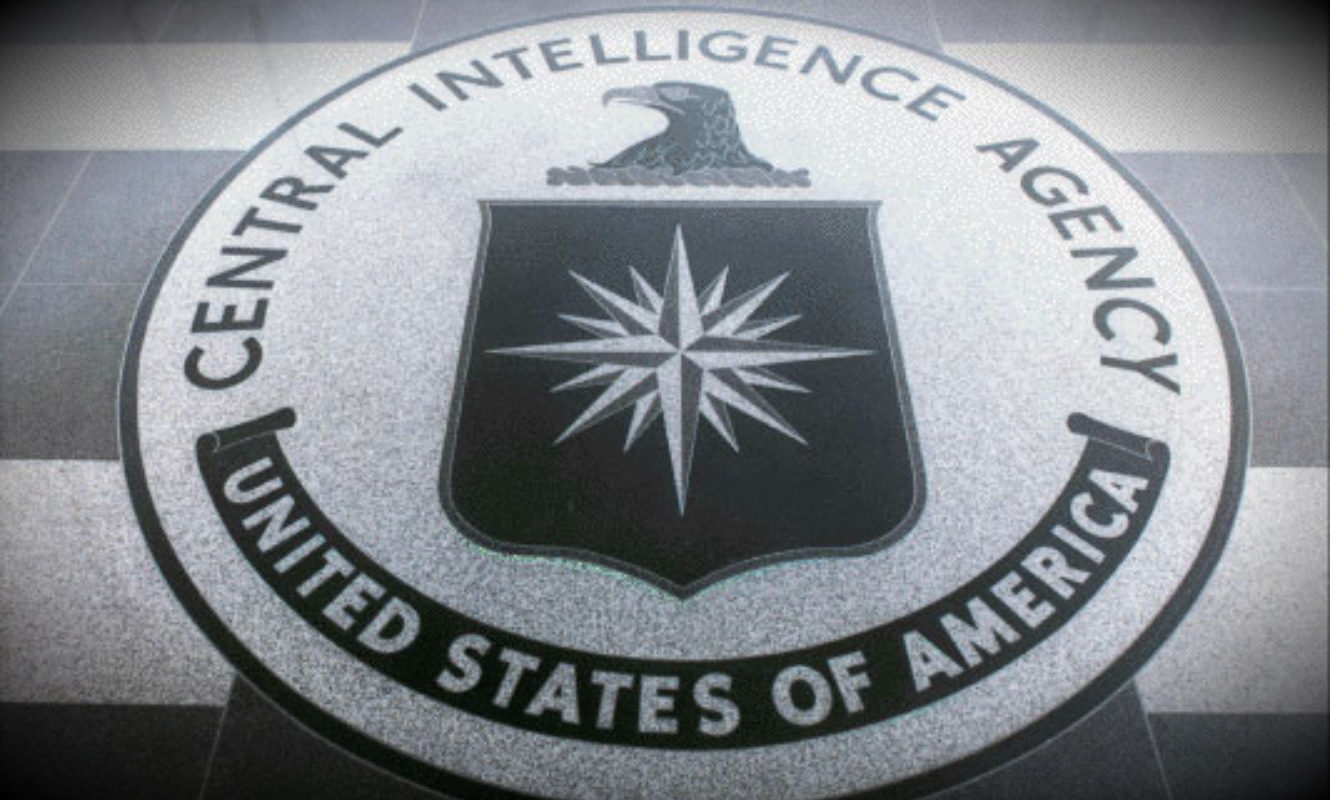

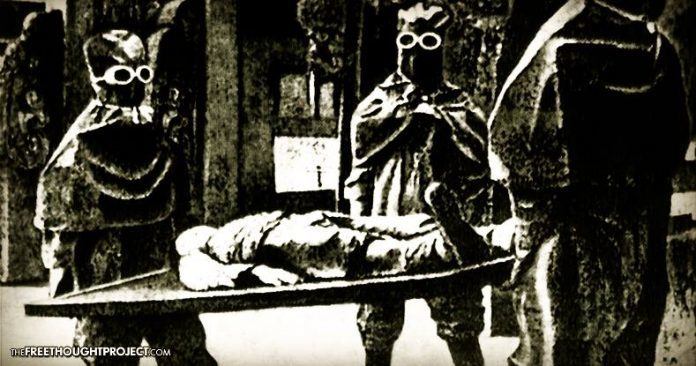
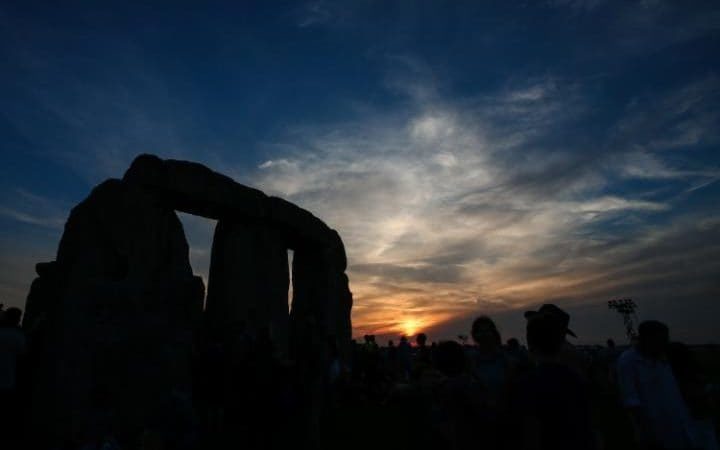




Comment: Funny how the machinery of death - however 'humane' - usually falls into the hands of those who most want to dole out death.